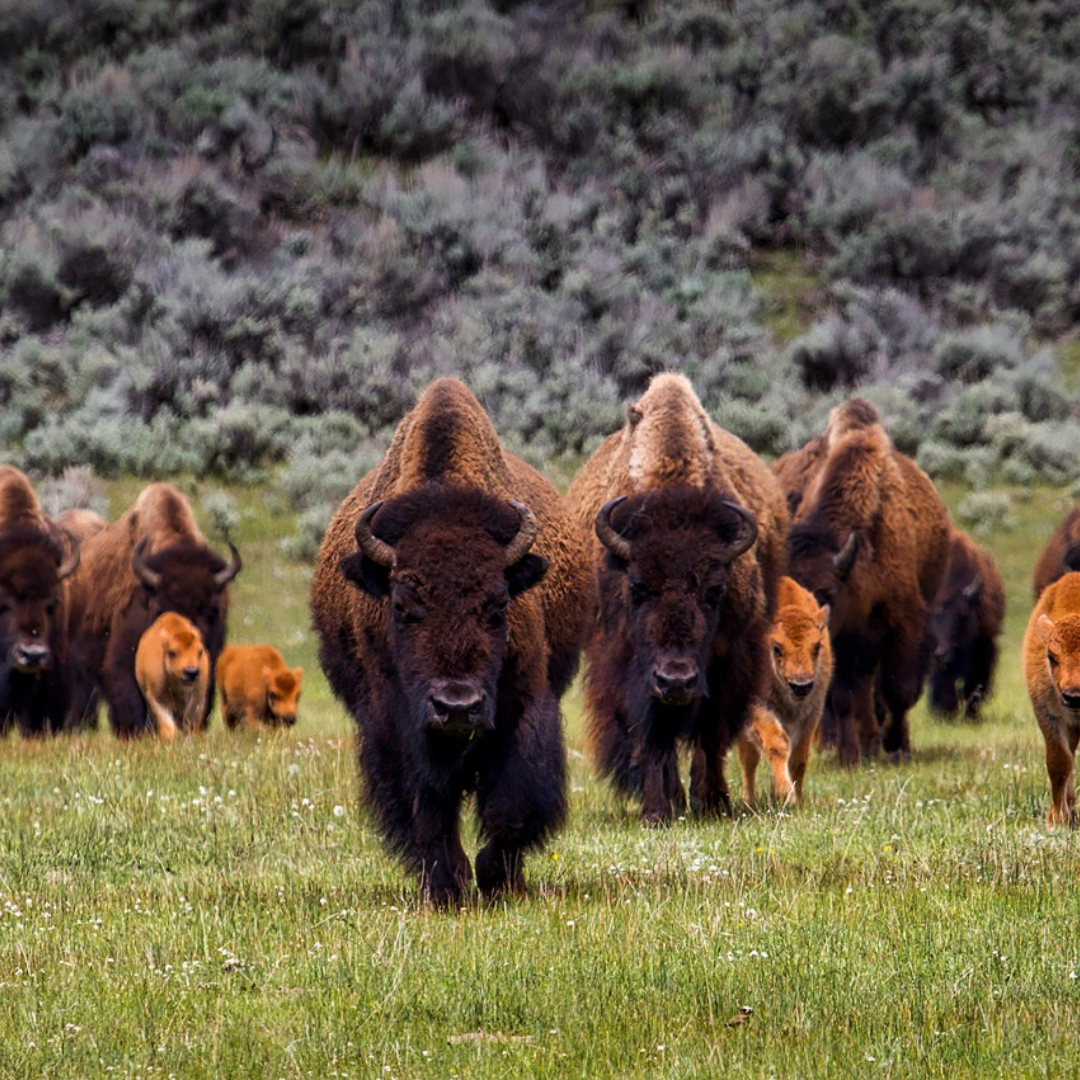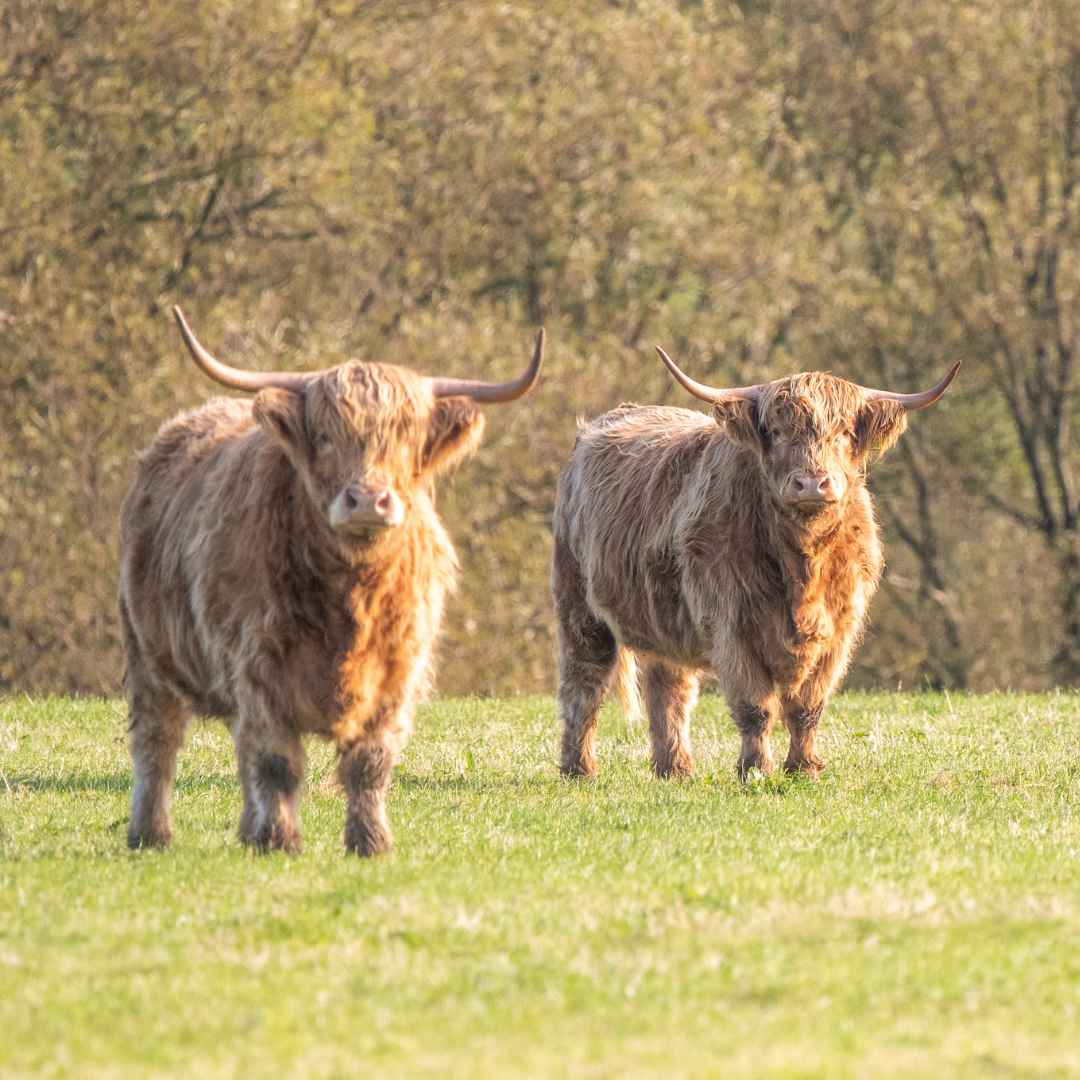The UK’s first wild bison herd for thousands of years was completed in line with the release of the herd’s bull in December last year. Let's take a look at how these magnificent animals are becoming ecosystem engineers.


Image: Canva
Bull release completes UK’s first wild bison herd in millennia
In July last year, three female cows were released into Kent (UK) as part of the Wilder Blean Project. The Bisons also known as Bulls, arrived 5 months later - just in time for Christmas!
On arrival, the females appeared to tempt out the Bisons, to which the herd sniffed around and ate together, before heading into the woodland. A positive sign!
The good news is, these bisons are now being given a life in the wild, whilst balancing out an ecosystem! Let's find out more about the project below!


Image: Canva
The Wilder Blean Project
This project, is a collaboration between the Kent Wildlife Trust and the Wildwood Trust. The aim? To use the bison as 'ecosystem engineers' and naturally help rewild a former pine wood plantation. Stan Smith of the Kent Wildlife Trust said: “We want to demonstrate that a hands-off, nature-based solution exists to combat the climate and biodiversity crises we face, and intend that the Wilder Blean Project will become a blueprint for other organisations to take forward.”
So why bison's? Their taste for bark actually kills some trees which open up room for trails, whilst their playful nature of rolling around in dust baths allows for open ground, where new plants, invertebrates and birds can build homes.
Interesting Facts About Bisons
- Bisons are the largest mammals in North America
- Male Bisons weigh over 900kg and stand 6ft tall, whilst the females (cows) weigh half the amount and reach a height between 4-5ft
- A baby bison has the nickname 'red dog' because they are born an orangey-red colour
- You can judge a bison's mood by their tail. If it's down, they're generally calm - but if it's pointing up, and may be ready to charge
- Bison can spin around quickly, jump high fences and are strong swimmers.
- The average lifespan for a bison is 10–20 years
- Their top speed is about 35 mph and they can maintain this speed for more than an hour!
What do you think about this rewilding project? We think it's great that the bison have freedom to live in the wild and help create a solution to biodiversity loss.
If you love animals, make sure to check out our Eco News category and the blogs below:
Plastic-Eating Superworms - The Future Of Recycling?
Locally-Extinct Golden Bandicoots Reintroduced Into NSW
Meet The Broad-Tooth Rat: A Chubby Cheeked Australian Rodent

